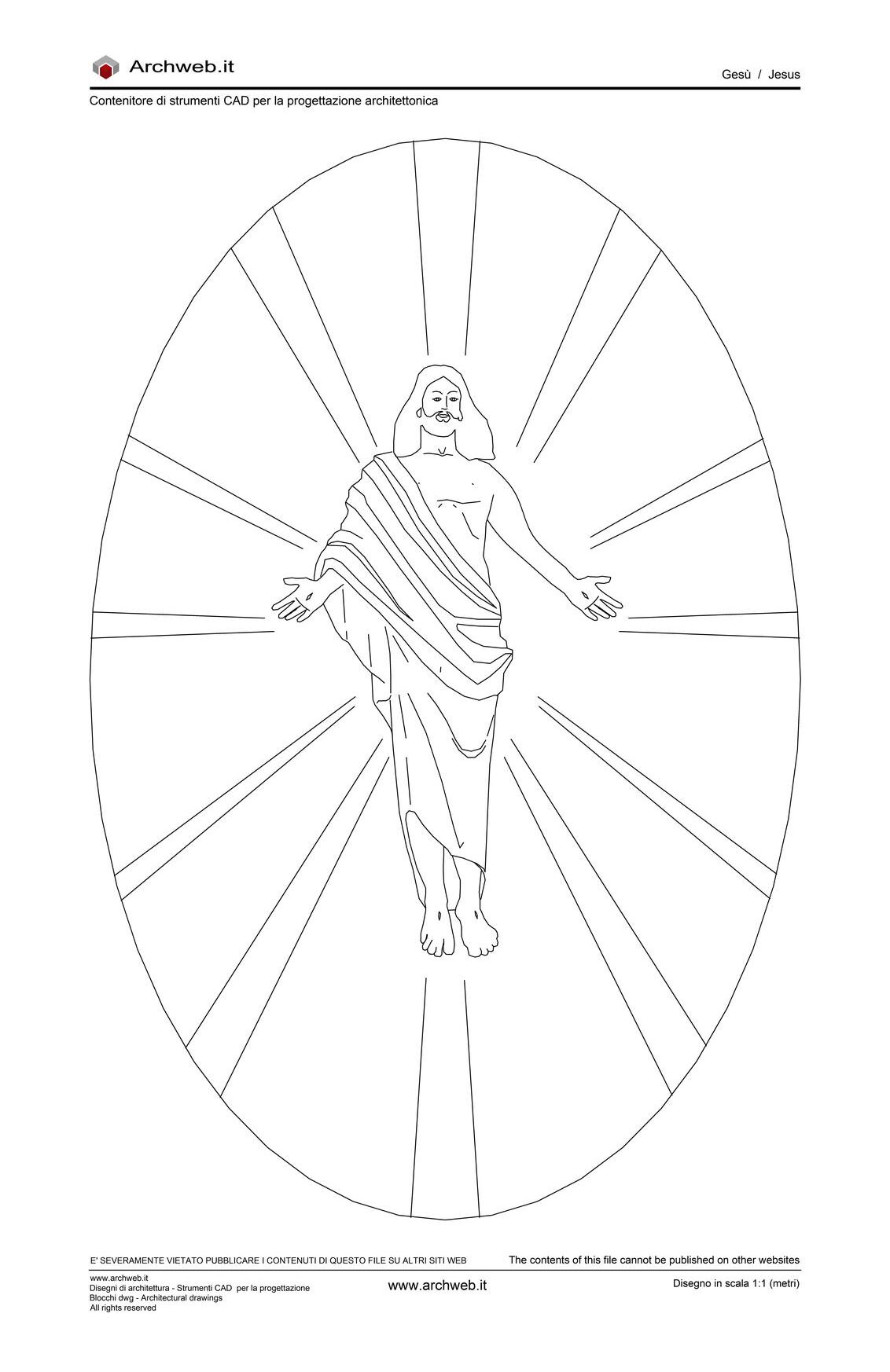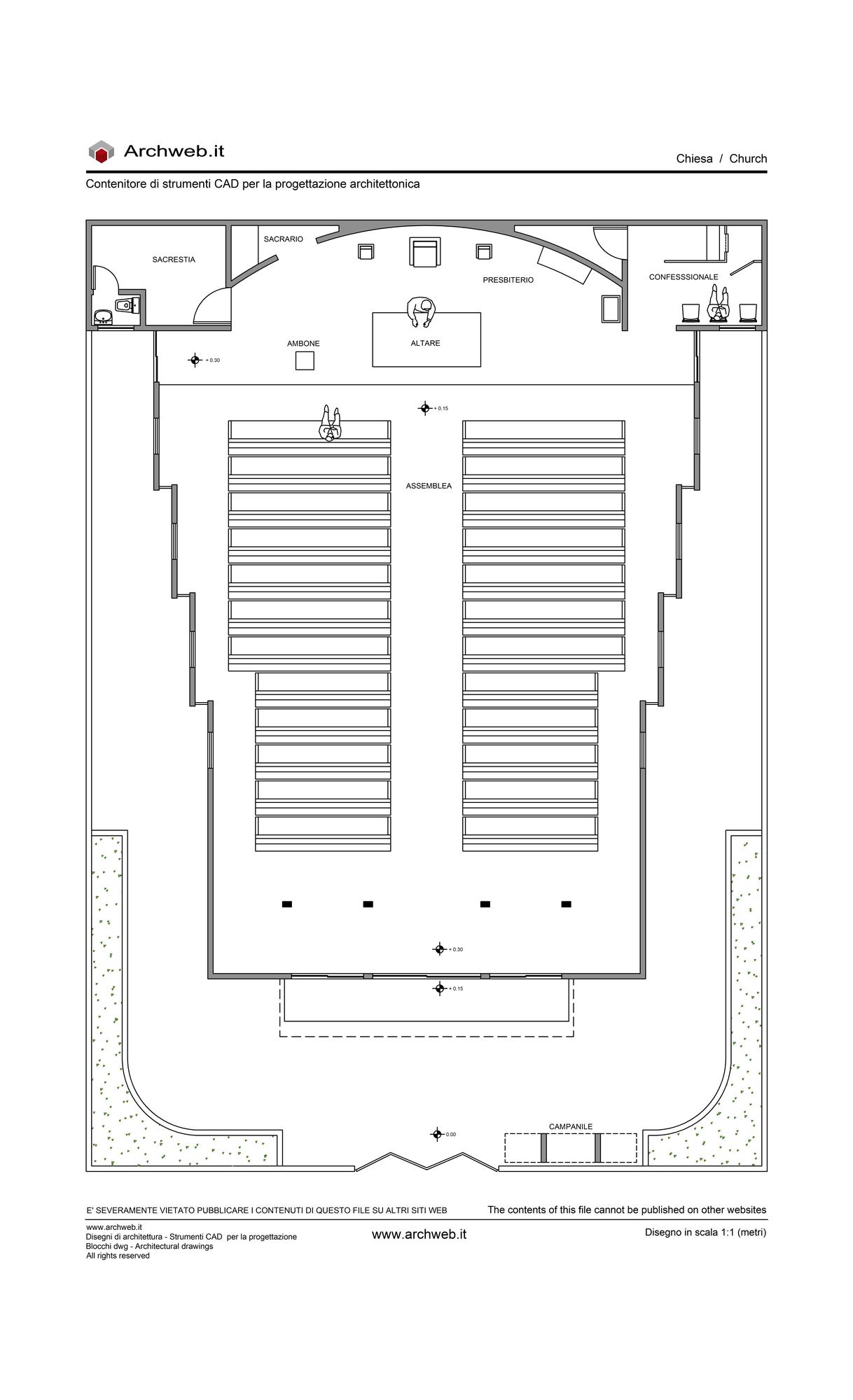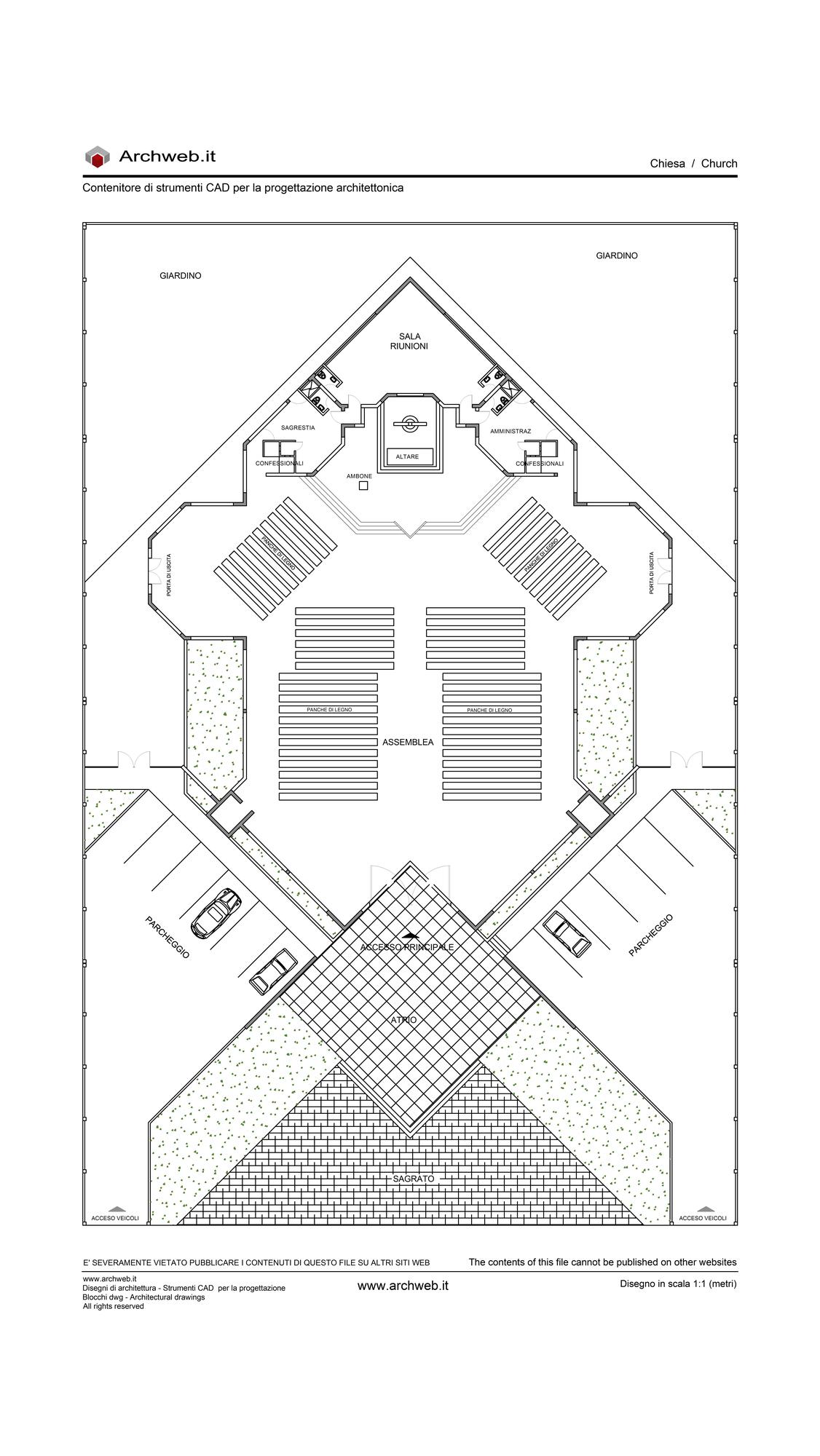Votive Wayside Shrines
Votive Wayside Shrines are small architectural structures, designed to protect a sacred image that is the object of worship...

Fiuredde, Madonnelle, Cunnicelle, Altarini, Sacelli, Pinturette: when in Rome, there are votive shrines!
Pagan temples and Christian churches have always been considered evidence of religiosity, but no less important, though considered minor signs, are Votive Wayside Shrines. Built by private citizens out of devotion or gratitude for having received a grace, votive aedicules have always been an expression of popular art and religiosity. They date back to the Roman civilisation, which used to affix sacred images of the Lares (minor deities) on the walls of houses, with the aim of protecting those who lived there.
Only later were they used by the Catholic Church, thus replacing elements of pagan worship with Christian ones. The human need for sacred places, made such by religious rites and relics of saints, immediately followed the beginnings of history.
In the ancient world, these places generally combined an evocative location with architecture inspired by a sense of the divine. The life of the communities was focused around it. Their sacred boundaries were separated from the ‘normal’ world with fences and ritual gates.
Today, as religious values are increasingly questioned, holy places have taken on a new kind of importance, becoming spiritual cases capable of giving meaning and direction to man’s noblest aspirations. The aedicula sacra was precisely a simulacrum of an open temple. It generally had a square plan composed of four columns on a stepped base, which supported the roof and the tympanums of the four façades, while inside was placed the deity to be worshipped. This type of aedicule evolved over the years, being reduced to a frame for the image of the deity and only later becoming a small architectural organism in the form of a chapel ending in a dome or spire. The shrines became a gathering point for the neighbourhood as a place to pray the rosary or the day’s prayers. Even today, it is still possible to notice them on a corner of the façade or as freestanding elements often recognisable by a small flame that burned as the only source of street lighting.

Exactly as is recounted in the Old Testament of the Bible, where altars often stood at precise points where God had manifested himself, perhaps protecting his people, aediculae too were not infrequently built as a vow for an escaped danger, a famine or pestilence a natural disaster.
At other times, however, they were built at border locations, at crossroads, on passes or in places where popular tradition identified a religious motivation.
From the 12th century onwards, the term sacred aedicule or votive shrine also became synonymous with Eucharistic tabernacle, votive capital, shrine.
In the photo Votive wayside shrine Maria S.S. del Rosario in Naples
The small architectural structures, designed to protect a sacred image that was the object of worship, either inside churches, along roads, on the façades of houses, or in the countryside where they were often placed near or at crossroads of roads or at the entrance door of ancient farms.
Thus, the main role of these architectural elements was to protect the place on which they were built and to allow the community to gather in prayer.
Architecturally, it is a precise reference to classical architecture, especially Roman architecture, where the key elements can easily be recognised: the tympanum supported by columns.
There are several types:
- a chapel: a small, free-standing building, which in addition to containing the sacred image to be worshipped, includes an altar and a space for a few worshippers to gather;
- sail-shaped: also a free-standing building, but consisting of a wall, in which the sacred image is placed with a crowning tympanum;
- niche: recessed in the walls of dwellings, but often also along roads, and in public buildings.
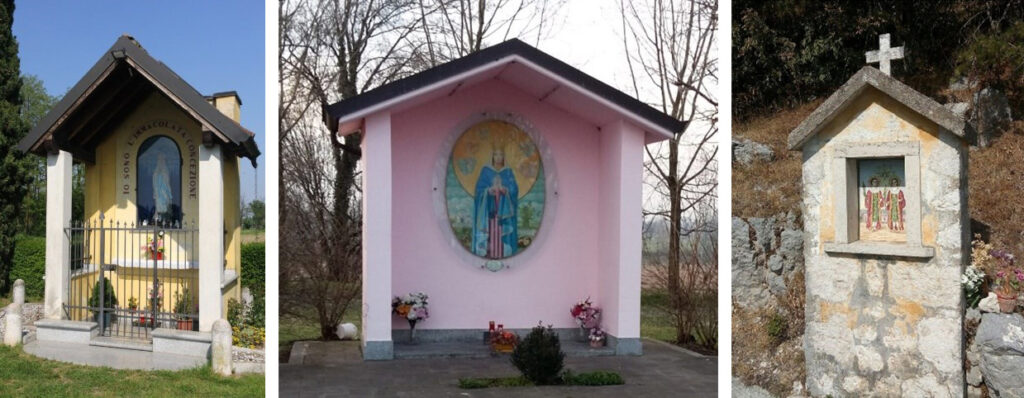
Votive wayside shrines therefore represent a valuable artistic/architectural document not only for their religious significance, but as a historical document. Today, many votive aedicules are being restored, given the degradation to which they are often subjected, not only by professionals in the sector but also by private individuals. Moreover, a new tourism is developing in recent times, characterised by itineraries determined precisely by the presence of votive shrines in a specific city.
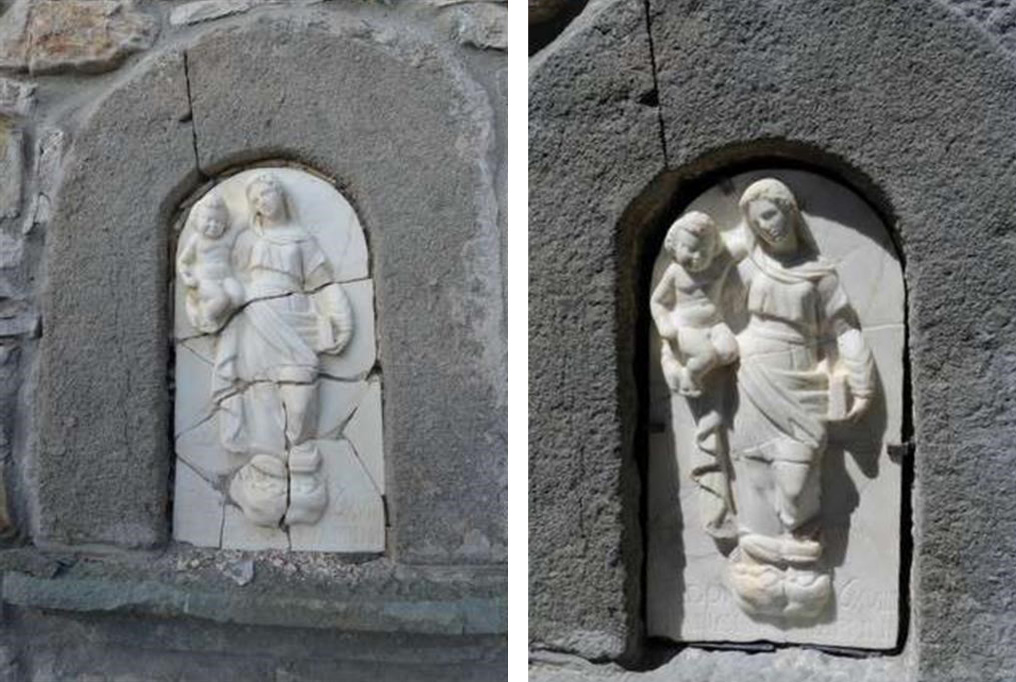
These elements, often underestimated, tell the story of the people, the city and popular religious architecture. They are details of no small importance that change, decorate the urban face, and attract special attention not only architecturally but also spiritually.
Bonaccorso Giusi
Cover photo: Votive wayside shrine in Palermo. Author: fotokon (Konrad Zelazowski) on Depositphotos.com
disegni dwg correlati
DWG
DWG




























































